
Overview
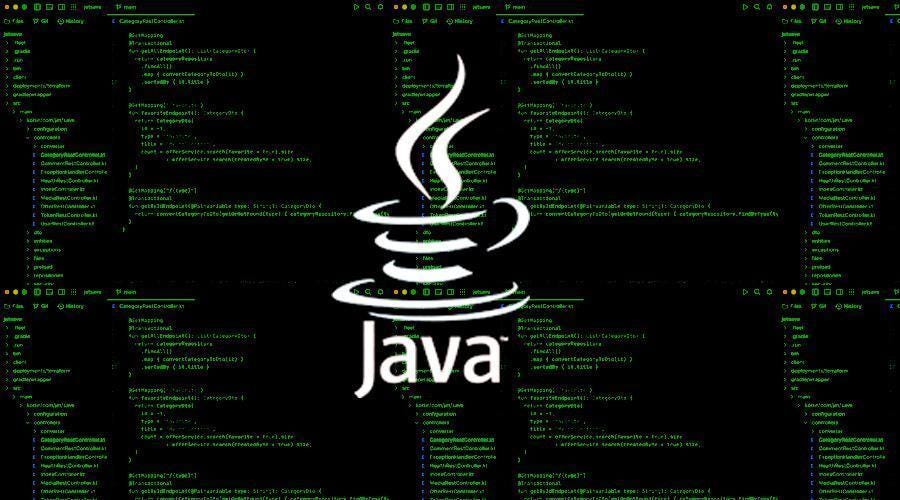
Spring, one of the most popular frameworks for Java application development, continues to evolve with each new version. Spring 6.0, the latest major release, introduces a plethora of new features and enhancements that further enhance the developer experience and streamline the development process.
In this article, we will delve into the world of Spring 6.0, exploring its key features, notable improvements, and benefits for Java developers:
- Overview
- Introduction To Spring 6.0
- Key Features Of Spring 6.0
- Notable Improvements And Enhancements
- Benefits And Best Practices For Spring 6.0 Adoption
- Closing Thoughts
Introduction To Spring 6.0

Spring 6.0 is the next milestone in the Spring Framework’s evolution, building upon its strong foundation of dependency injection, component-based architecture, and robust enterprise features. It aims to provide developers with an efficient and modern toolkit for building scalable, maintainable, and high-performance Java applications.
Key Features Of Spring 6.0
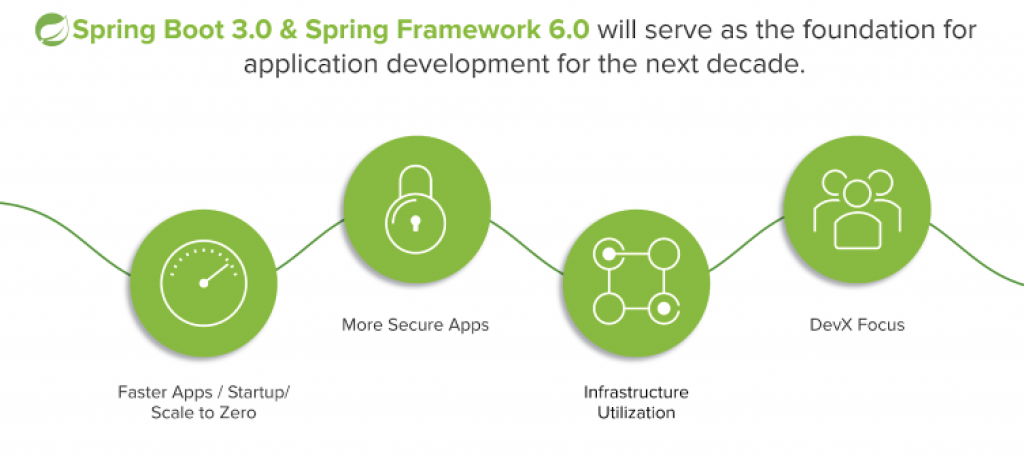
- Reactive Programming Support
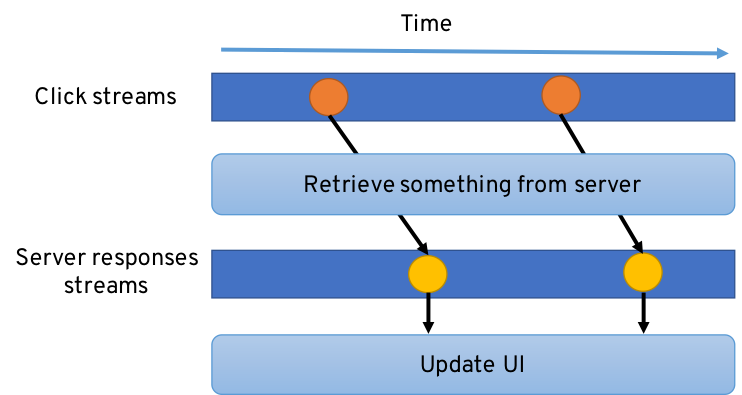
- Spring 6.0 embraces reactive programming paradigms by offering enhanced support for reactive APIs and frameworks like Project Reactor and Spring WebFlux
- Developers can build highly responsive and scalable applications using non-blocking I/O and reactive data processing
- Enhanced Module System
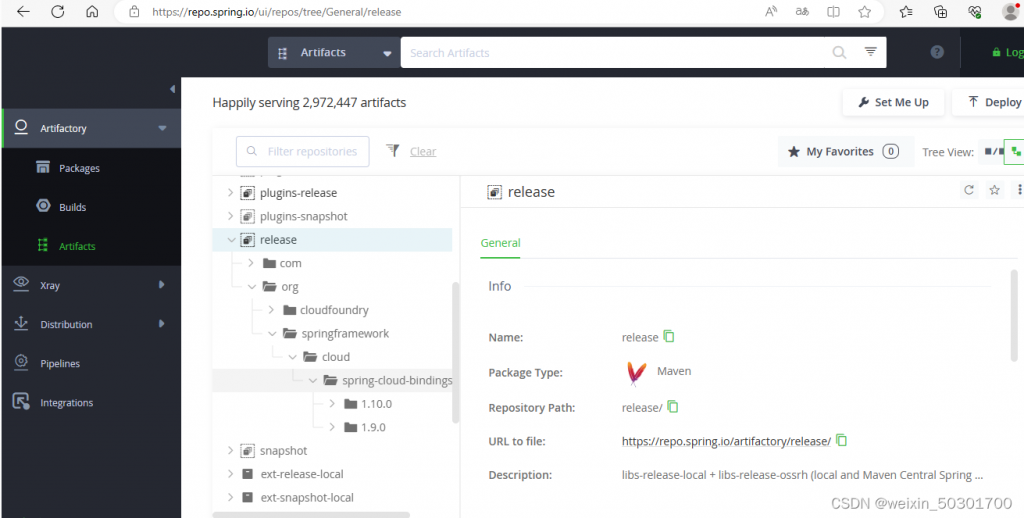
- Spring 6.0 introduces a modular architecture, allowing developers to build and deploy applications as smaller, self-contained modules
- The module system promotes modularity, separation of concerns, and better isolation of application components
- Functional Bean Registration

- Spring 6.0 introduces a functional API for registering beans, allowing developers to define beans programmatically using lambda expressions or method references
- This approach provides a concise and type-safe way to configure beans without the need for traditional XML or annotation-based configurations
Notable Improvements And Enhancements

- Improved Testing Capabilities

- Spring 6.0 enhances testing support with the introduction of new testing annotations and utilities
- Developers can write more robust and concise tests using features like test slicing, improved test context caching, and simplified test setup
- Streamlined Dependency Management

- Spring 6.0 simplifies dependency management by leveraging features from the latest Java versions
- Developers can take advantage of Java’s improved module system, including JPMS (Java Platform Module System) support for managing dependencies
- Performance And Scalability Enhancements
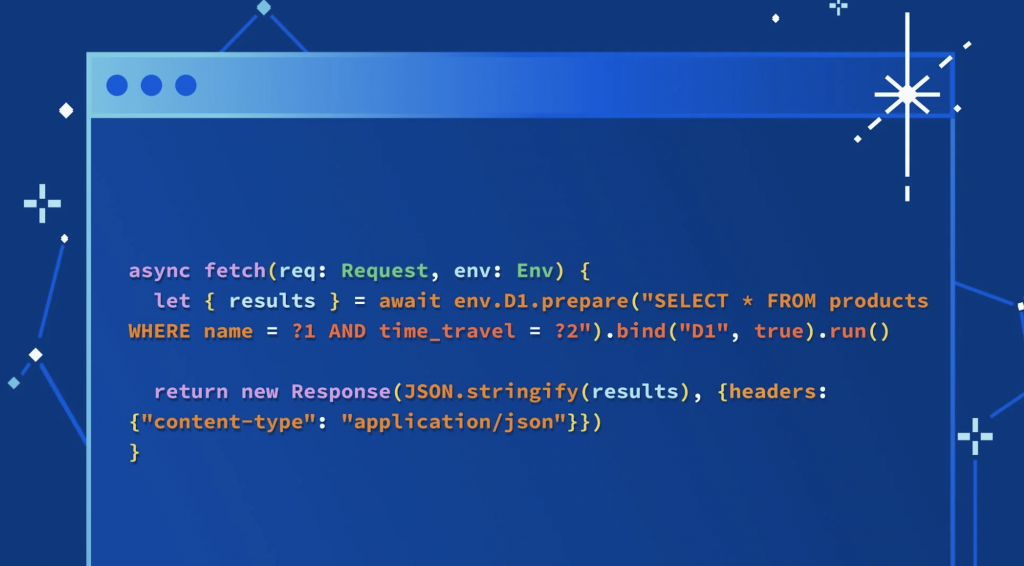
- Spring 6.0 incorporates performance optimizations and architectural enhancements to deliver faster startup times, reduced memory footprint, and improved runtime performance
- These improvements contribute to building highly scalable and efficient Java applications
Benefits And Best Practices For Spring 6.0 Adoption
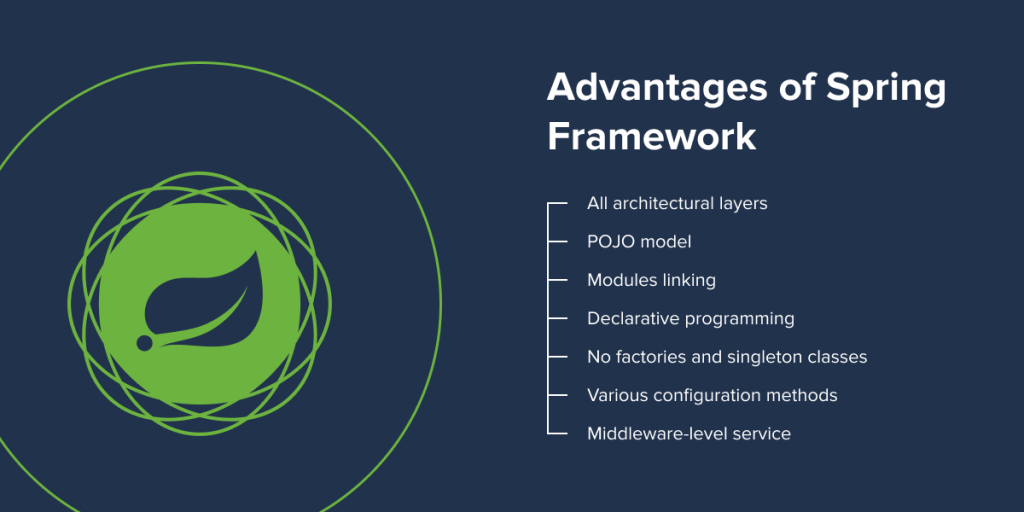
- Stay Updated With The Latest Documentation
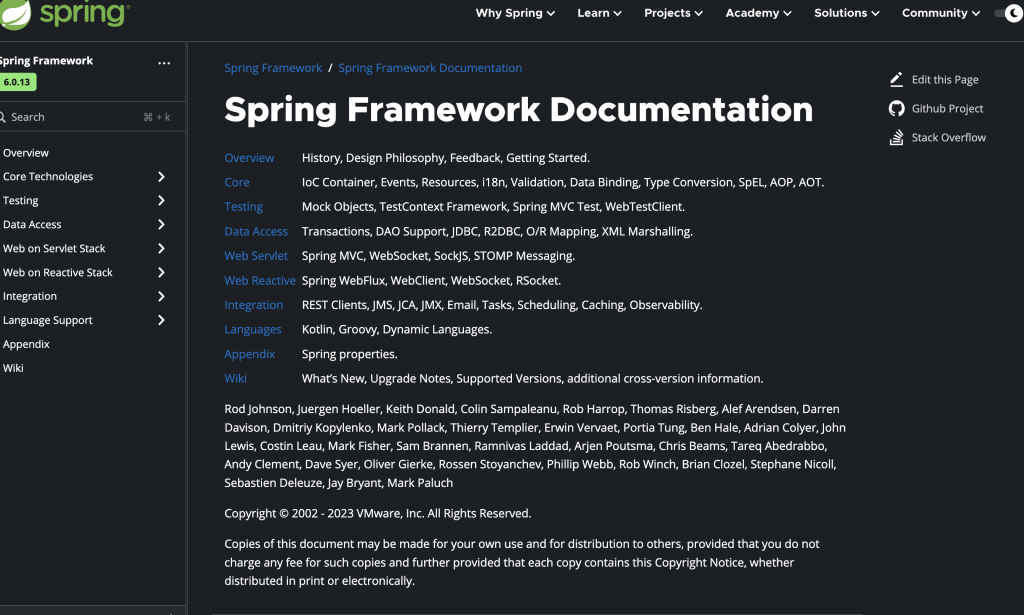
- Refer to the official Spring documentation for detailed guides, release notes, and migration instructions specific to Spring 6.0
- Stay connected with the Spring community through forums, blogs, and social media to gain insights and best practices from other developers
- Official Spring Framework Documentation: https://docs.spring.io/spring-framework/docs/6.0.0-SNAPSHOT/reference/
- Spring Framework GitHub Repository: https://github.com/spring-projects/spring-framework
- Plan For Seamless Migration

- If you’re currently using an older version of Spring, plan your migration strategy carefully
- Take advantage of Spring’s backward compatibility and gradual adoption approach to ensure a smooth transition to Spring 6.0
- Embrace Reactive Programming
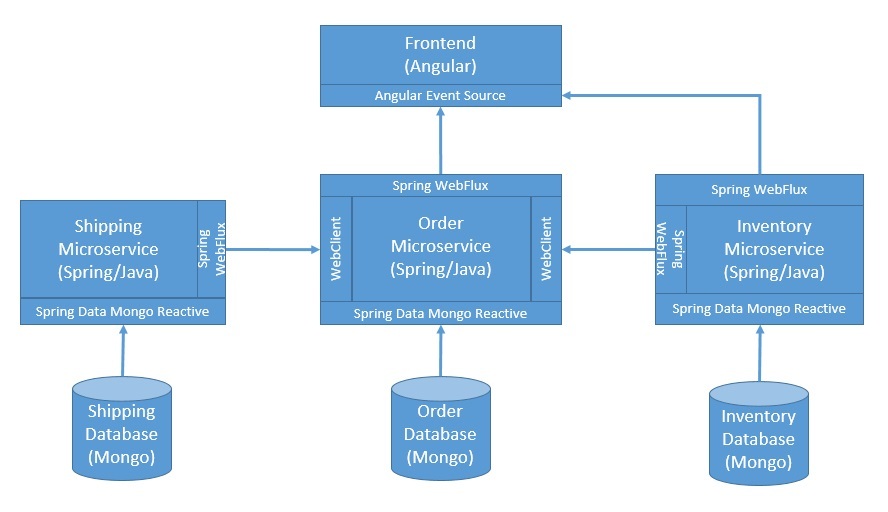
- Explore the power of reactive programming in Spring 6.0 and consider leveraging it for building highly responsive and scalable applications
- Familiarize yourself with reactive programming concepts and patterns to fully harness the benefits of Spring’s reactive support
Closing Thoughts

Spring 6.0 introduces exciting features and enhancements that enhance the developer experience and empower Java developers to build robust and scalable applications. With its support for reactive programming, enhanced module system, and improved testing capabilities, Spring 6.0 sets the stage for developing modern Java applications that meet the demands of today’s fast-paced development landscape.
Stay updated with the latest Spring 6.0 documentation, leverage the new features, and embrace best practices to make the most out of this major release. Enjoy the journey of building high-quality Java applications with the power of Spring 6.0!

